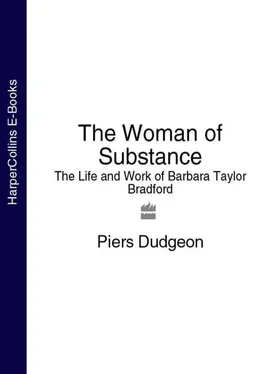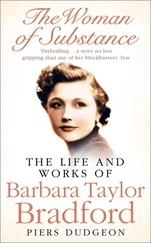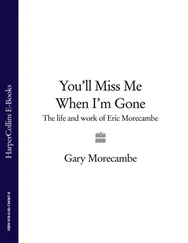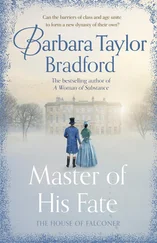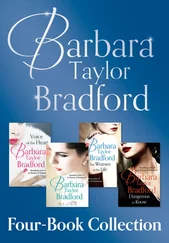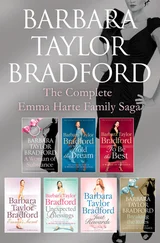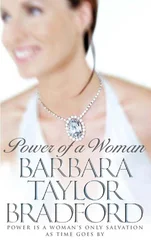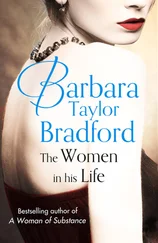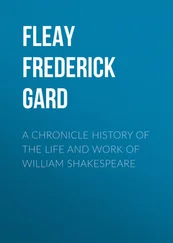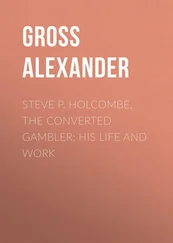Barbara swoops to rescue me (or the lady) with an introduction. Garbo’s friend is Rex Harrison’s widow, Mercia. She does not do . Suddenly it seems that I have opened up the library; people are following Barbara in. I find myself being introduced to comedienne Joan Rivers and fashion designer Arnold Scaasi, whose history Barbara peppers with names such as Liz Taylor, Natalie Wood, Joan Crawford, Candice Bergen, Barbra Streisand, Joan Rivers of course, and, as of now, all the President’s women. Barbara and movie-producer husband Bob are regular visitors to the White House.
It is November 2002 and talk turns naturally to Bob Woodward’s Bush at War , which I am told will help establish GB as the greatest president of all time. I am asked my opinion and once again my daughter’s voice comes like a distant echo – her second rule: no politics (she knows me too well). Barbara has already told me that she and Bob know the Bush family and I just caught sight of a photograph of them with the President on the campaign trail. They are Republicans. When I limit myself to saying that I can empathise with the shock and hurt of September 11, that I had a friend who died in the disaster, but war seems old-fashioned, so primitive a solution, Barbara takes my daughter’s line and confesses that she herself makes it a rule not to talk politics with close friend Diahn McGrath, a lawyer and staunch Democrat, to whom she at once directs me.
Barbara is the perfect hostess, this pre-dinner hour the complete introduction that will allow me to relax at table, even to contribute a little. There’s a former publishing executive, one Parker Ladd, with the demeanour of a Somerset Maugham, or possibly a Noel Coward (Barbara’s champagne is good), who tells me he is a friend of Ralph Fields, the first person to give me rein in publishing, and who turns out – to my amazement – still to be alive.
So, even in the midst of this Manhattan scene I find myself comfortable anchorage not only in contact through Barbara with my home county of Yorkshire, but in fond memories of the publishing scene. It was not at all what I had expected to find. I am led in to dinner by a woman introduced to me as Edwina Kaplan, a sculptor and painter whose husband is an architect, but who talks heatedly (and at the time quite inexplicably) about tapes she has discovered of Winston Churchill’s war-time speeches. Would people be interested? she wonders. Later I would see a couple of her works on Barbara’s walls, but for some reason nobody thought it pertinent until the following day to explain that Edwina was Sir Winston’s granddaughter, Edwina Sandys. Churchill, of course, is one of Barbara’s heroes; in her childhood she contributed to his wife Clementine’s Aid to Russia fund and still has one of her letters, now framed in the library.
The table, set for fourteen, is exquisite, its furniture dancing to the light of a generously decked antique crystal chandelier. The theme is red, from the walls to the central floral display through floral napkin rings to what seems to be a china zoo occupying the few spaces left by the flower-bowls, crystal tableware and place settings. Beautifully crafted porcelain elephants and giraffes peek out from between silver water goblets and crystal glasses of every conceivable size and design.
There are named place-cards and I begin the hunt for my seat. I am last to find mine, and as soon as I sit, Barbara erupts with annoyance. She had specially chosen a white rose for my napkin ring – the White Rose of Yorkshire – which is lying on the plate of my neighbour to the right. Someone has switched my placement card! Immediately I wonder whether the culprit has made the switch to be near me or to get away, but as I settle, and the white rose is restored, my neighbour to the left leaves me in no doubt that I am particularly welcome. She tells me that she is a divorce lawyer, a role of no small importance in the marital chess games of the Manhattan wealthy. How many around this table might she have served? Was switching my place-card the first step in a strategy aimed at my own marriage?
I reach for the neat vodka in the smallest stem of my glass cluster and steady my nerves, turning our conversation to Bob and Barbara and soon realising that here, around this table, among their friends, are the answers to so many questions I have for my subject’s Manhattan years. I set to work, both on my left and to my right, where I find Nancy Evans, Barbara’s former publisher at the mighty Doubleday in the mid-1980s.
By this time we have progressed from the caviar and smoked salmon on to the couscous and lamb, and Barbara deems it time to widen our perspectives. It would be the first of two calls to order, on this occasion to introduce everyone to everyone, a party game rather than a necessity, I think, except in my case. Thumbnail sketches of each participant, edged devilishly with in-group barb, courted ripostes and laughter, but it was only when she came around the table and settled on me, mentioning the words ‘guest of honour’ that I realised for the first time that I was to be the star turn. I needn’t have worried; there was at least one other special guest in Joan Rivers and she more than made up for my sadly unimaginative response.
Barbara tells me that Joan is very ‘in’ with Prince Charles: ‘She greeted me with, “I’ve just come back from a painting trip . . . with Prince Charles.” A friend of hers, Robert Higdon, runs the Prince’s Trust. Joan is very involved with that, giving them money. So she was there with Charles and Camilla and the Forbses at some château somewhere. She always says, “Prince Charles likes me a lot; he always laughs at my jokes.” But Joan is actually a very ladylike creature when she is off the stage, where she can be a bit edgy sometimes. In real life she is very sweet and she loves me and Bob.’
Joan is deftly egging Arnold Scaasi on as he heaps compliments on Barbara from the far end of the table. At the very height of his paean of praise, the comedienne rejoins that Arnold’s regard for his hostess is clearly so great that he will no doubt wish to make one of his new creations a gift to her. The designer’s face is a picture as he realises he has walked straight into a game at his expense, in which the very ethos of celebrity Manhattan is at stake. The table applauds his generosity, while Arnold begins an interminable descent into get-out: Alas, he does not have the multifarious talents of Joan to allow such generosity, he cannot eat publicity, etc., etc.
I felt I was being drawn in to Bob and Barbara’s private world. When we first met I had said to Barbara that I would need to be so, and she had begun the process that night. After cheese and dessert, coffee and liqueurs were served in the drawing room and one after another of her guests offered themselves for interview.
The evening reminded me of the glittering birthday party in the Bavarian ski resort of Konigsee in Voice of the Heart . The table setting was remarkably similar – the candlelight and bowls of flowers that ‘march down the centre of the table’, interspersed with ‘Meissen porcelain birds in the most radiant of colours’, the table itself ‘set with the finest china, crystal and silver . . . The flickering candlelight, the women beautiful in their elegant gowns and glittering jewels, the men handsome in their dinner jackets . . .’, and the conversation ‘brisk, sparkling, entertaining . . .’
In Act of Will the Manhattan apartment is added to the mix. As guests of Christina Newman and her husband Alex in their Sutton Place apartment, we, like Christina’s mother, Audra Crowther (née Kenton, and the fictional counterpart of Barbara’s mother, Freda Taylor), are stung by the beauty of ‘the priceless art on the walls, two Cézannes, a Gauguin . . . the English antiques with their dark glossy woods . . . bronze sculpture by Arp . . . the profusion of flowers in tall crystal vases . . . all illuminated by silk-shaded lamps of rare and ancient Chinese porcelains’.
Читать дальше
